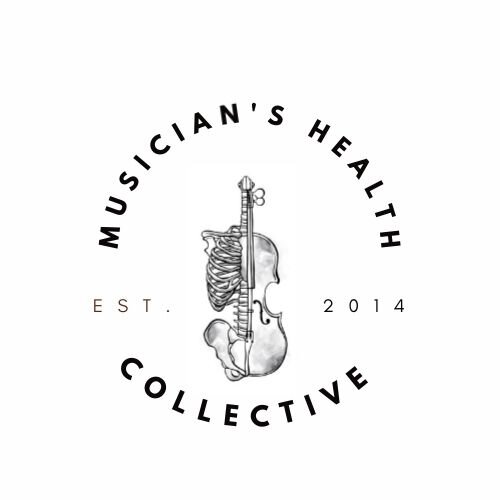Adventures in the Respiratory Diaphragm
Up until this year, the respiratory diaphragm was a mysterious internal object. I did know it existed, but the specifics were never really explained to me, and as a string player, breathing mechanics was never exactly emphasized. However, no matter your instrument or occupation, your diaphragm is "arguable the most important muscle in your body. If it ceases to function, you will expire." (Jill Miller, the Roll Model). What that means is that everyone should know that they have a diaphragm, and what it does. (PS. For meat eaters, this is a skirt steak. You can probably see why from the image).
Last week, I talked about misnomers in response to the word core- think less 6 pack and more abdominal sleeving. Now, I want you to add respiratory diaphragm to that definition of core. It's your innermost core, and definitely worth talking about. To get started, watch this quick video which gives some good definition.
The diaphragm is a dome shaped muscle attaching to your lower six ribs, separating your organs from your heart and lungs. On an inhale, your diaphragm contracts and basically acts as a suction to draw air into the lungs. On an exhale, it relaxes and pushes air up and out. (There's also a whole thing about pressured gases, O2 and CO2, but that's more science-y). Most importantly, your diaphragm attaches to your ribs and your lumbar spine, which means that your day to day alignment, standing, sitting, and shoe choices not only affect your spine and pelvis, but your diaphragm and therefore, your capacity to breathe. Let me repeat that with feeling: your poor posture, your high heels, your slumpy shoulders all = restriction in the respiratory diaphragm because they affect the position of the rib cage and spine.
In this extreme example of postural decline (and a dowagers hump), you can see how breathing mechanics would be completely distorted because of postural misalignment. There's no way for the ribs to expand or the diaphragm to move much!
Here is a fun fact: you take about 20,000 breaths a day, so why not bring some love to this amazing muscle? When your diaphragm is not working properly, it can affect digestion, the pelvic floor muscles, circulation, and most obviously, your stress. When discussing the autonomic nervous system in August, I mentioned how the breath is the most powerful way to gain control of fight of flight in performance. (If you sing or play a wind/brass instrument, this is also essential to just play your instrument).
To get started, what can you do about this? Notice where you breathe-inflate the belly on the inhale, and see if you can spread the ribs apart, and then on exhale, belly pulls in, ribs together. If you tend to breathe shallowly (either from asthma or stress patterns), see if you can deepen your breath by breathing down into your abdomen. If you regularly wear elevated heel shoes, stop doing that and notice if you capacity to breathe changes. And lastly, if you are a slumper, you are affecting your breathing by diminishing the diaphragm's ability to expand and contract by decreasing the space in the rib cage.


